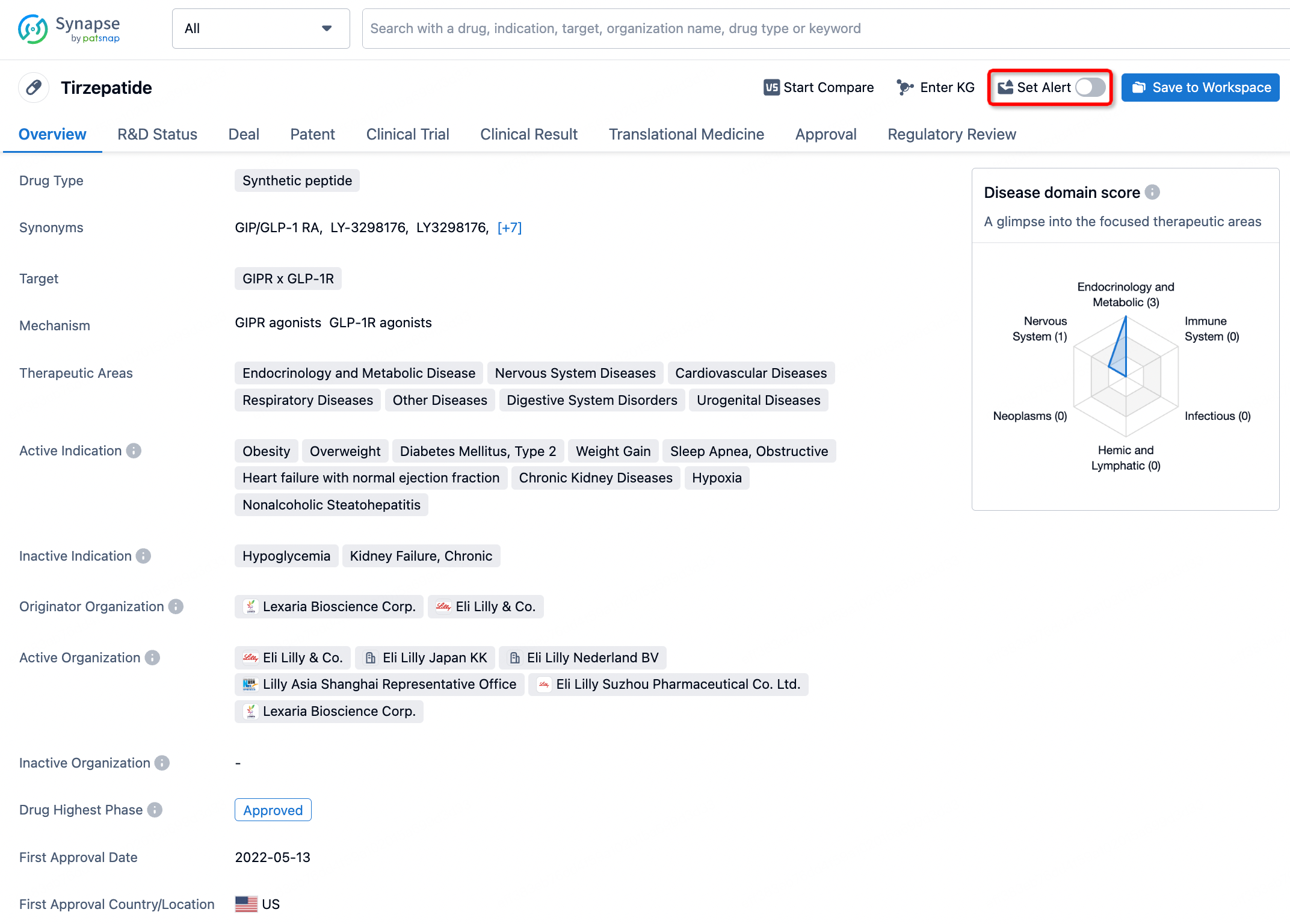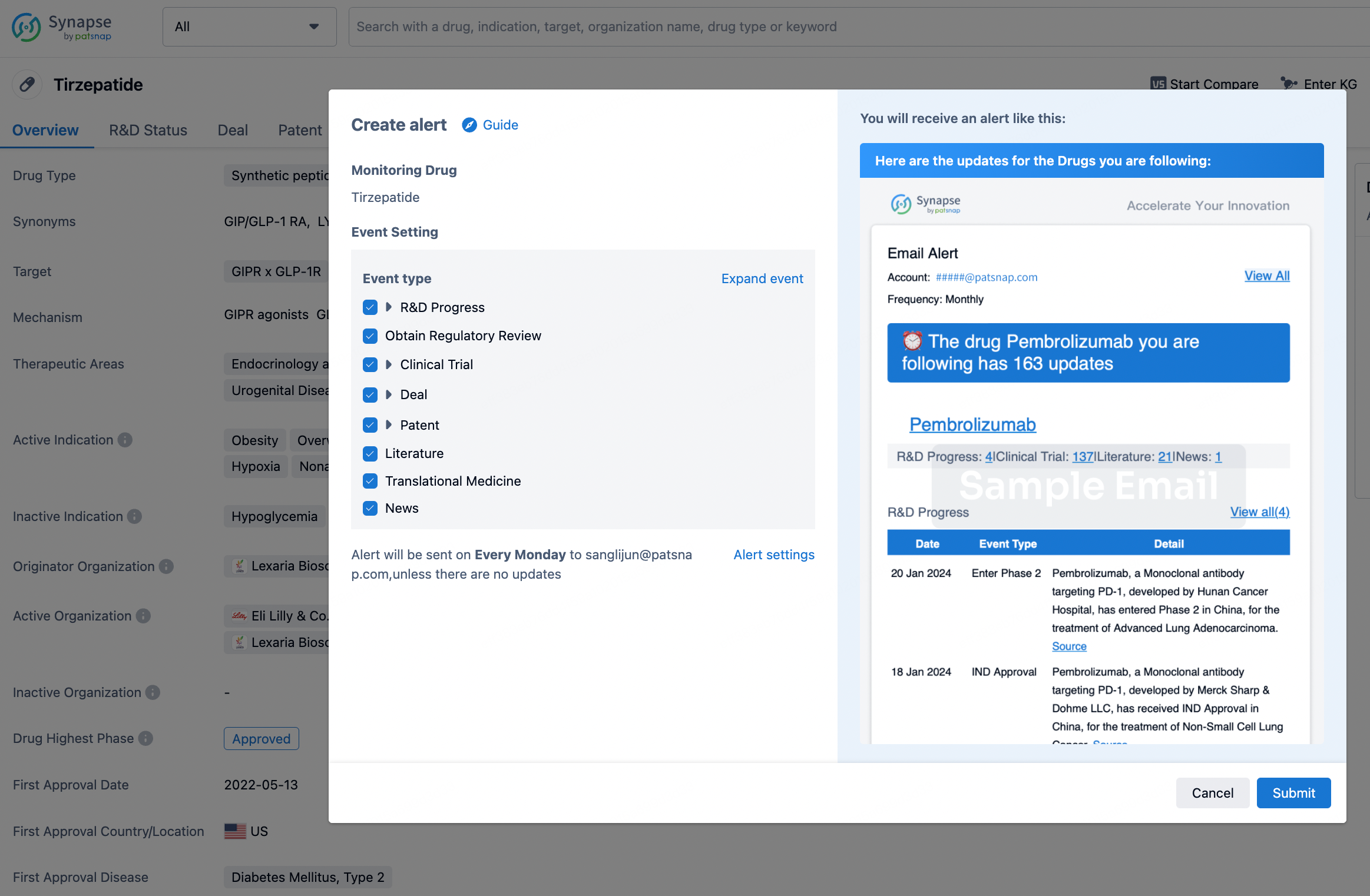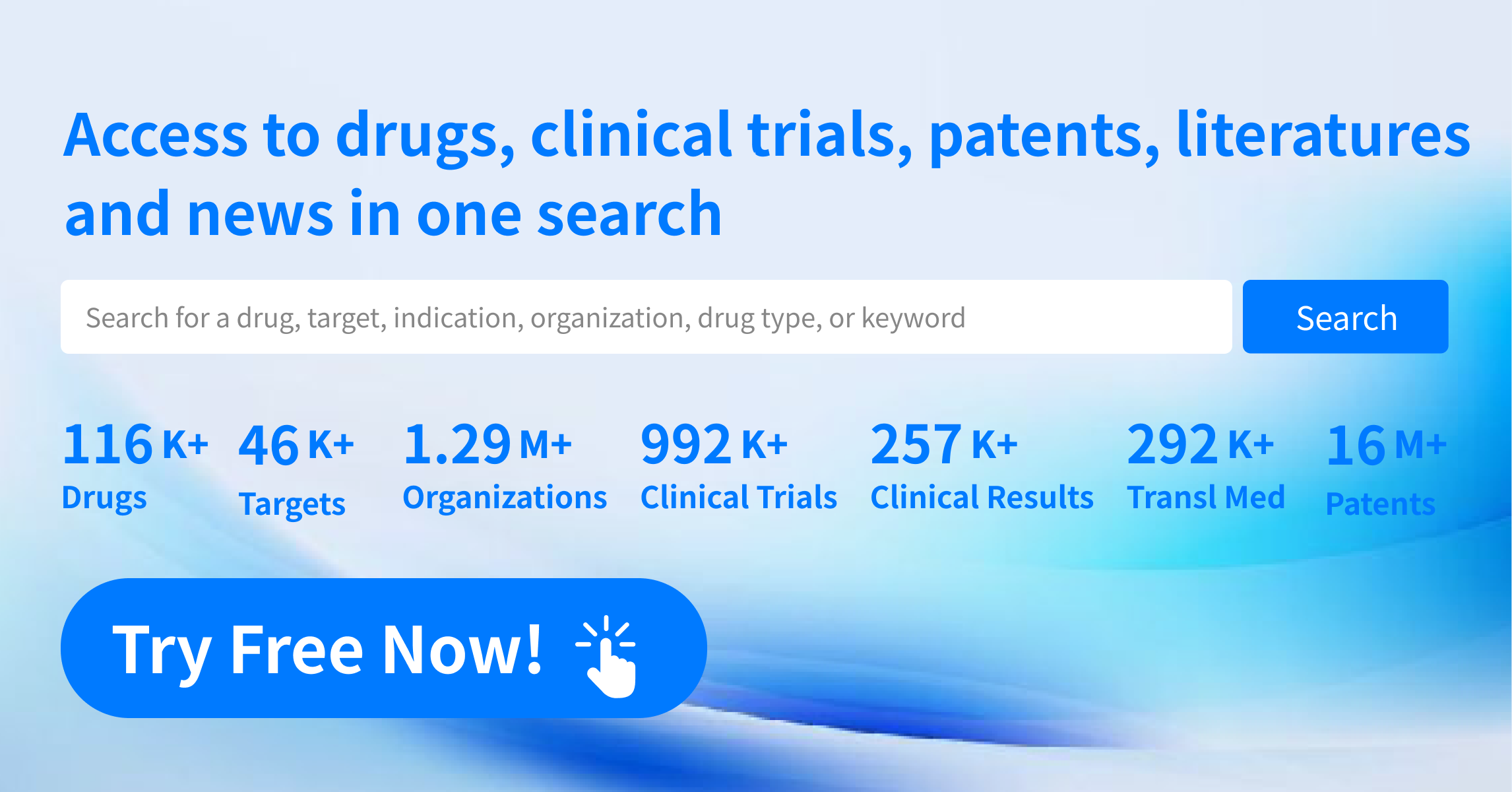Request Demo
What is the mechanism of Piperazine Ferulate?
17 July 2024
Piperazine ferulate is a compound of significant interest in the field of pharmacology due to its various therapeutic properties. Understanding its mechanism of action involves examining how it interacts with biological systems to exert its effects. Piperazine ferulate combines piperazine, a heterocyclic organic compound with notable CNS effects, and ferulic acid, a potent antioxidant with anti-inflammatory properties.
Firstly, piperazine ferulate is known for its neuroprotective effects. It has been found to modulate neurotransmitter systems, particularly those involving gamma-aminobutyric acid (GABA) and glutamate. Piperazine acts as a GABA receptor agonist, enhancing the inhibitory effects of GABA in the central nervous system. This action helps in reducing neuronal excitability and can be beneficial in managing conditions like anxiety, epilepsy, and other neuropsychiatric disorders. Concurrently, ferulic acid can inhibit the excessive release of excitatory neurotransmitters like glutamate, further contributing to its neuroprotective profile.
Its antioxidant properties also play a crucial role in its mechanism of action. Ferulic acid, as part of piperazine ferulate, scavenges free radicals and upregulates the expression of antioxidant enzymes such as superoxide dismutase and catalase. This helps in mitigating oxidative stress, which is a common pathway in the pathogenesis of numerous chronic diseases, including neurodegenerative disorders and cardiovascular diseases. By reducing oxidative damage, piperazine ferulate supports cellular integrity and function, thus enhancing overall health.
In addition to its neuroprotective and antioxidant properties, piperazine ferulate exhibits significant anti-inflammatory effects. It modulates the inflammatory response by inhibiting the production of pro-inflammatory cytokines such as tumor necrosis factor-alpha (TNF-α) and interleukins (IL-1β, IL-6). It also inhibits the activation of nuclear factor-kappa B (NF-κB), a transcription factor that regulates the expression of many genes involved in inflammation. This anti-inflammatory action is beneficial in treating inflammatory conditions and possibly in preventing chronic inflammation-related diseases.
Piperazine ferulate also affects the cardiovascular system. It has been shown to have vasodilatory effects, which can help in reducing blood pressure. This is partly due to the action of ferulic acid in promoting the production of nitric oxide, a potent vasodilator. Additionally, its antioxidant and anti-inflammatory properties contribute to protecting the vascular endothelium and preventing atherosclerosis, a common cardiovascular disease.
Furthermore, piperazine ferulate shows potential in modulating the immune system. It enhances the body's immune response by stimulating the proliferation and activity of various immune cells, including macrophages and lymphocytes. This immunomodulatory effect can help in boosting the body's defense against infections and possibly in managing immune-related disorders.
In conclusion, the mechanism of piperazine ferulate is multifaceted, involving neuroprotective, antioxidant, anti-inflammatory, cardiovascular, and immunomodulatory effects. By acting on various biological pathways, piperazine ferulate holds promise for the treatment and prevention of a range of medical conditions. Understanding these mechanisms provides a foundation for further research and development of piperazine ferulate as a therapeutic agent.
Firstly, piperazine ferulate is known for its neuroprotective effects. It has been found to modulate neurotransmitter systems, particularly those involving gamma-aminobutyric acid (GABA) and glutamate. Piperazine acts as a GABA receptor agonist, enhancing the inhibitory effects of GABA in the central nervous system. This action helps in reducing neuronal excitability and can be beneficial in managing conditions like anxiety, epilepsy, and other neuropsychiatric disorders. Concurrently, ferulic acid can inhibit the excessive release of excitatory neurotransmitters like glutamate, further contributing to its neuroprotective profile.
Its antioxidant properties also play a crucial role in its mechanism of action. Ferulic acid, as part of piperazine ferulate, scavenges free radicals and upregulates the expression of antioxidant enzymes such as superoxide dismutase and catalase. This helps in mitigating oxidative stress, which is a common pathway in the pathogenesis of numerous chronic diseases, including neurodegenerative disorders and cardiovascular diseases. By reducing oxidative damage, piperazine ferulate supports cellular integrity and function, thus enhancing overall health.
In addition to its neuroprotective and antioxidant properties, piperazine ferulate exhibits significant anti-inflammatory effects. It modulates the inflammatory response by inhibiting the production of pro-inflammatory cytokines such as tumor necrosis factor-alpha (TNF-α) and interleukins (IL-1β, IL-6). It also inhibits the activation of nuclear factor-kappa B (NF-κB), a transcription factor that regulates the expression of many genes involved in inflammation. This anti-inflammatory action is beneficial in treating inflammatory conditions and possibly in preventing chronic inflammation-related diseases.
Piperazine ferulate also affects the cardiovascular system. It has been shown to have vasodilatory effects, which can help in reducing blood pressure. This is partly due to the action of ferulic acid in promoting the production of nitric oxide, a potent vasodilator. Additionally, its antioxidant and anti-inflammatory properties contribute to protecting the vascular endothelium and preventing atherosclerosis, a common cardiovascular disease.
Furthermore, piperazine ferulate shows potential in modulating the immune system. It enhances the body's immune response by stimulating the proliferation and activity of various immune cells, including macrophages and lymphocytes. This immunomodulatory effect can help in boosting the body's defense against infections and possibly in managing immune-related disorders.
In conclusion, the mechanism of piperazine ferulate is multifaceted, involving neuroprotective, antioxidant, anti-inflammatory, cardiovascular, and immunomodulatory effects. By acting on various biological pathways, piperazine ferulate holds promise for the treatment and prevention of a range of medical conditions. Understanding these mechanisms provides a foundation for further research and development of piperazine ferulate as a therapeutic agent.
How to obtain the latest development progress of all drugs?
In the Synapse database, you can stay updated on the latest research and development advances of all drugs. This service is accessible anytime and anywhere, with updates available daily or weekly. Use the "Set Alert" function to stay informed. Click on the image below to embark on a brand new journey of drug discovery!
AI Agents Built for Biopharma Breakthroughs
Accelerate discovery. Empower decisions. Transform outcomes.
Get started for free today!
Accelerate Strategic R&D decision making with Synapse, PatSnap’s AI-powered Connected Innovation Intelligence Platform Built for Life Sciences Professionals.
Start your data trial now!
Synapse data is also accessible to external entities via APIs or data packages. Empower better decisions with the latest in pharmaceutical intelligence.


